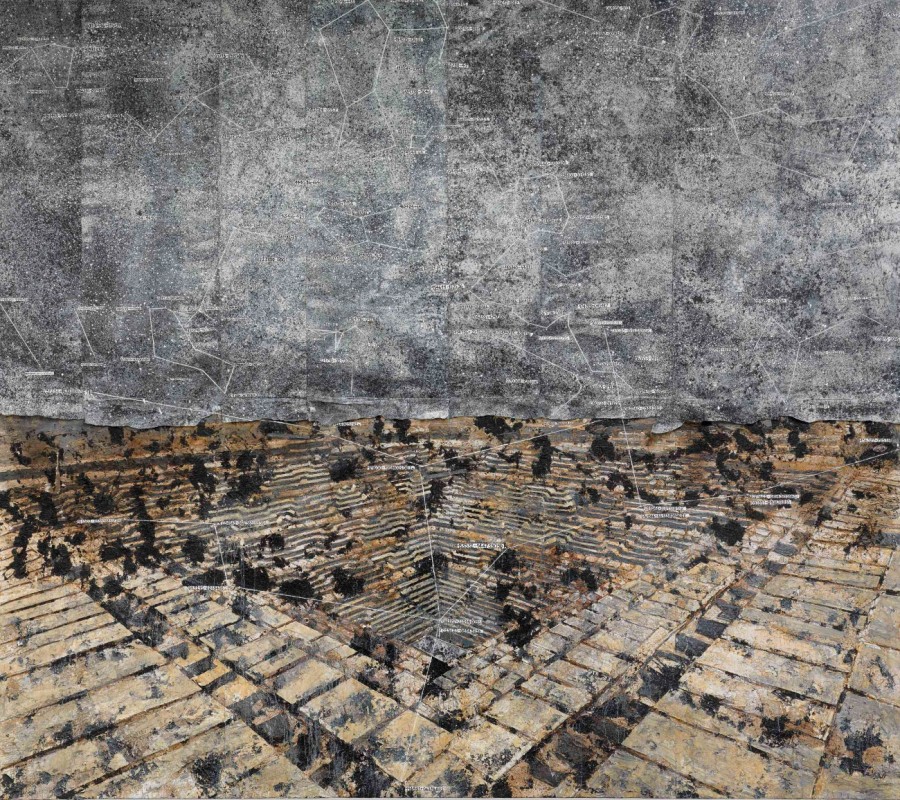
Anselm Kiefer, Jaipur (2009) 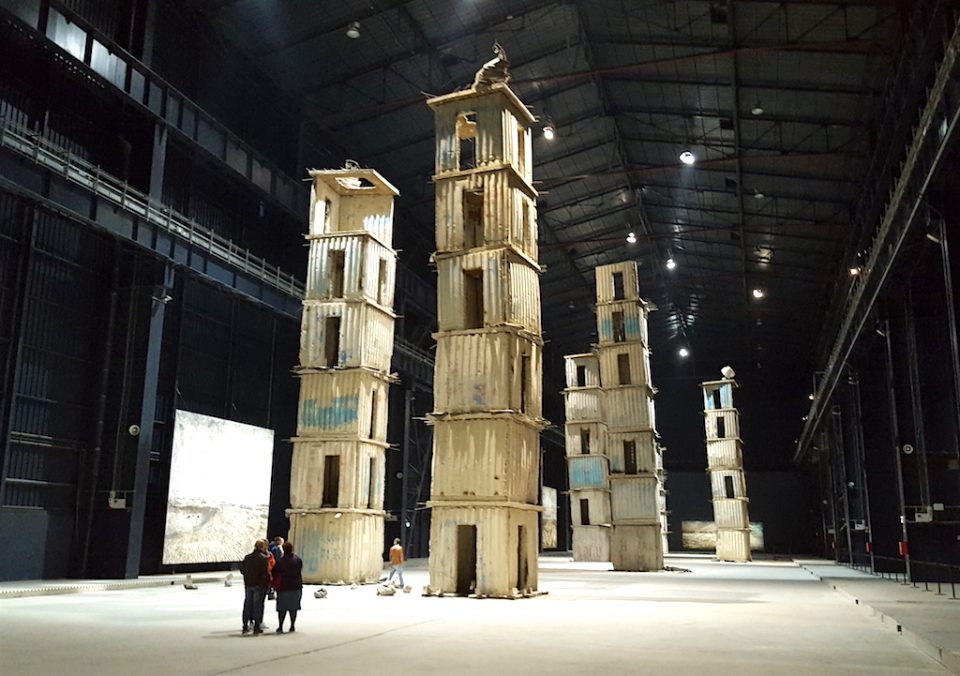
Anselm Kiefer, The Seven Heavenly Palaces (2004-2015) Hangar Bicocca Milano 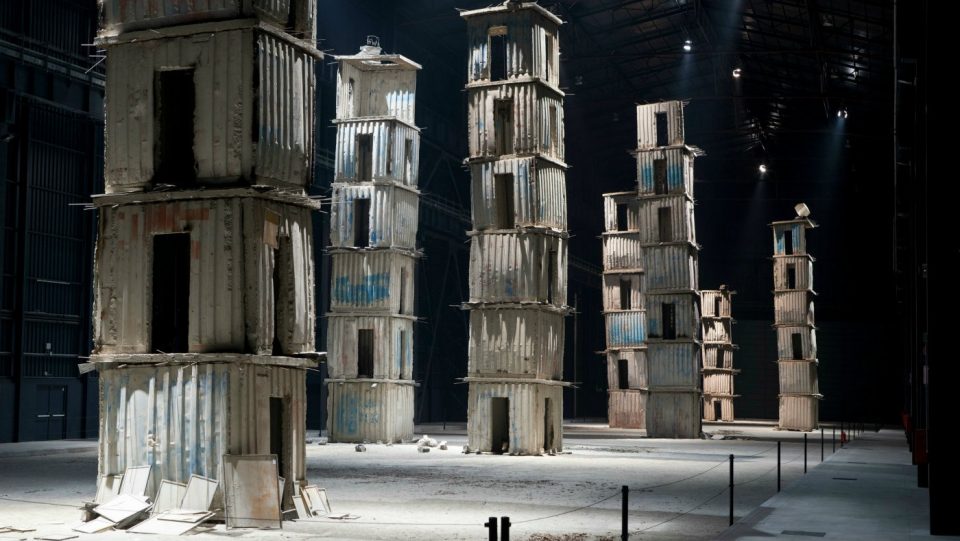
Anselm Kiefer, The Seven Heavenly Palaces (2004-2015) Hangar Bicocca Milano 
Anselm Kiefer, Cette obscure clarté qui tombe des étoiles (2011) 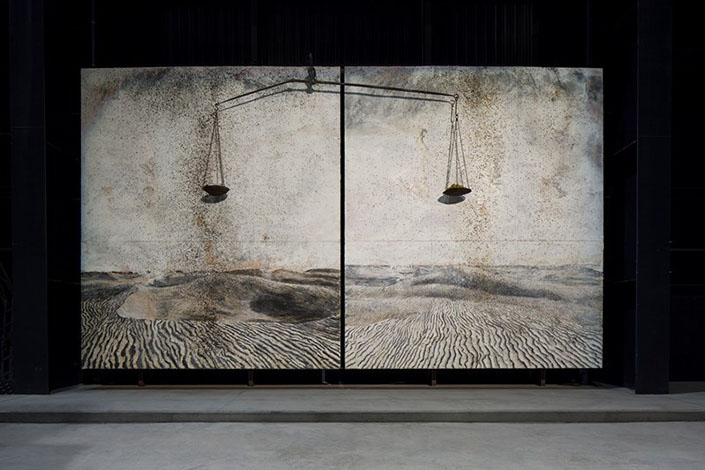
Anselm Kiefer, Alchemie (2012) 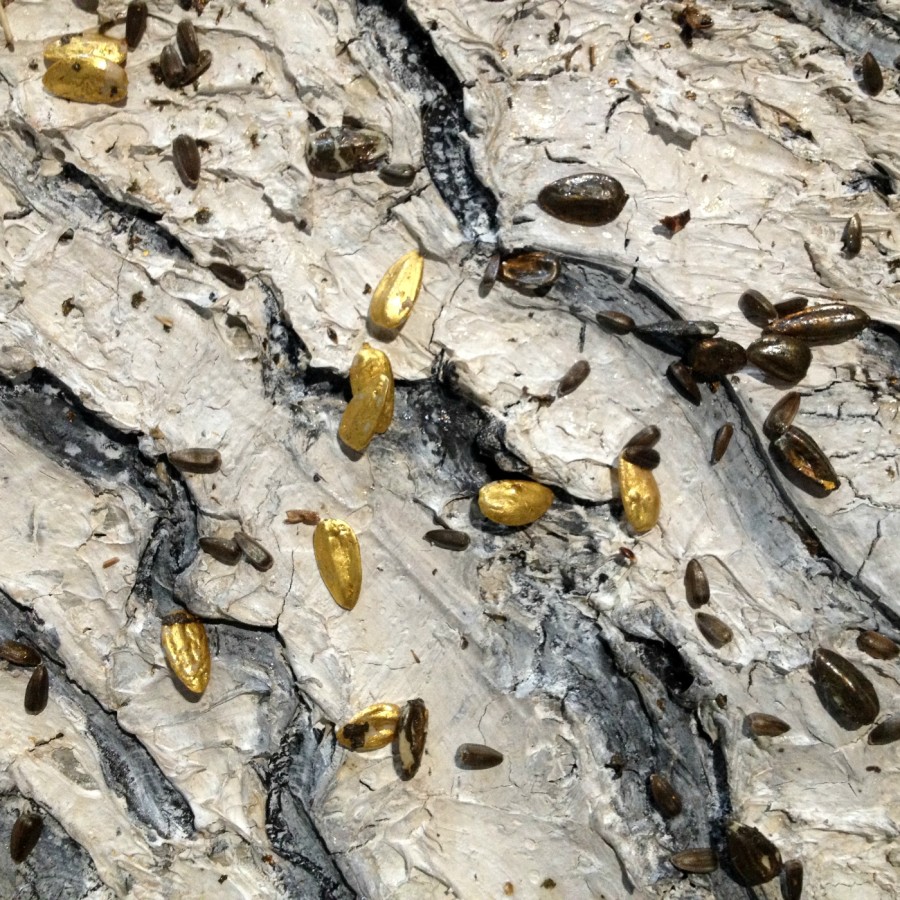
Anselm Kiefer, Close-up detail of Alchemie (2012)
This week we are discussing #Territorial identity, offering different perspectives on this theme. Today we would like to focus on visual art and introduce you to the installation “The Seven Heavenly Palaces” by German artist Anselm Kiefer (1945-). This work belongs to the permanent collection of Pirelli HangarBicocca, a Milanese non-profit art foundation dedicated to the production and promotion of contemporary art. Located in the former industrial district of Bicocca, the institution exhibits projects which are strongly linked to the architectural nature of the building, a reconverted factory.
A very good example of that is Kiefer’s installation, which is in fact a site-specific work that well exploits the verticality of space characterising the hangar. Kiefer builds seven towers (Sefiroth, Melancholia, Ararat, Lines of a Magnetic Field, JH&WH, Tower of the Crumbling Squares) using reinforced concrete together with books and lead wedges that provide further structural stability. Materials do not have a mere functional value: lead, in its inability to reflect images, is also symbolically linked to melancholy and refers to the Nazis’ attempt to erase Jewish culture and that of other ethnic minorities. This artwork represents a synthesis of the main themes the artist has worked with throughout his career, which are here projected in a timeless dimension. Kiefer invites the visitor to look at the present from the projection of a hypothetical future, which comes through the interpretation of old Hebraic religion (particularly the treaty Sefer Hechalot, from the 4th/5th century AD) and through the representation of Western ruins in the aftermath of World War Two.
In September 2015, 5 huge canvases were added in the “navate” next to the towers, adding new meanings to the installation. The canvases (Jaipur, Cette obscure clarté qui tombe des étoile, Alchemie, Die Deutsche Heilslinie) depict huge architectural constructions of past civilisations in a state of decadence and ruins, symbolising the inevitable defeat of those who attempt to ascend to the divine. These works blend in painting with sculpture through the use of different natural, earthy materials, which seemingly invite the viewer to enter Kiefer’s cosmos, where the land, religious and historical identity, and esoterism engagingly intertwine.
If you want to discover more about this artist’s fascinating work you can check out this link https://pirellihangarbicocca.org/en/anselm-kiefer/, which features in-depth analysis, an interview with the artist as well as the possibility to virtually visit the installation thanks to the 360° Street View provided by Google Arts & Culture.